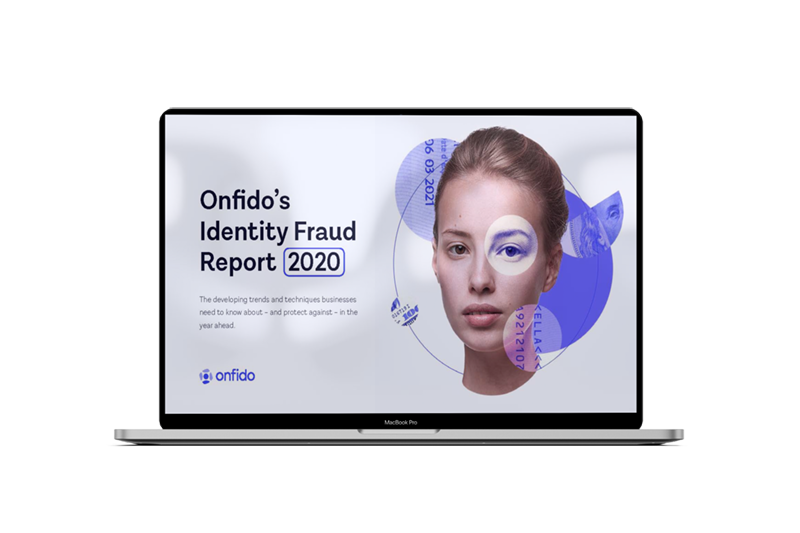1. Shifting cybersecurity from a compliance to a risk focus
In association with Galvanize, now Diligent.
The risk-based approach has been the operational standard for financial crime compliance for some time now, and those that apply it are all too keenly aware of its usefulness in reducing the potential impact of harm.
Now that the pandemic has revealed why flexibility is so vital, there has been a growing chorus of voices asking whether something as pliable as the risk-based approach should be applied in other areas of a firm’s operations.
Galvanize’s latest e-book ‘Shifting cybersecurity from a compliance to a risk focus’ provides insight into:
- The evolution of the cyberthreat landscape
- The value of risk-based approaches to cybersecurity and risk management
- What does “good” look like for cyber risk management?
- The importance of automation for cyber risk management
Download e-book for free.
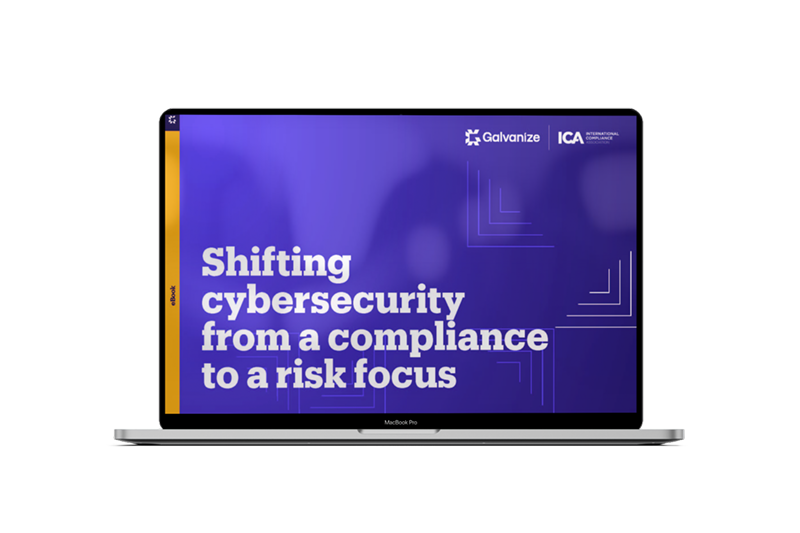
2. Financial crime: a global perspective
‘Financial Crime: A Global Perspective’ is a fascinating collection of global industry insights on current and emerging trends, challenges and opportunities in 2021 and beyond. In the report, contributors from a variety of backgrounds and sectors share their views on thought leadership, new technology, best practice, and current and future risks within financial crime compliance.
The report sees contributors reflect on the pandemic, giving a unique insight into the turbulence of the last 12 months; it also illuminates the exciting developments witnessed across the global compliance and financial crime prevention community during this time, and how these can be built upon.
The unique insights contained within offer a frank and honest insight into our industry, resulting in an immensely useful resource to help compliance professionals in their fight against money laundering and financial crime.
Download e-book for free.
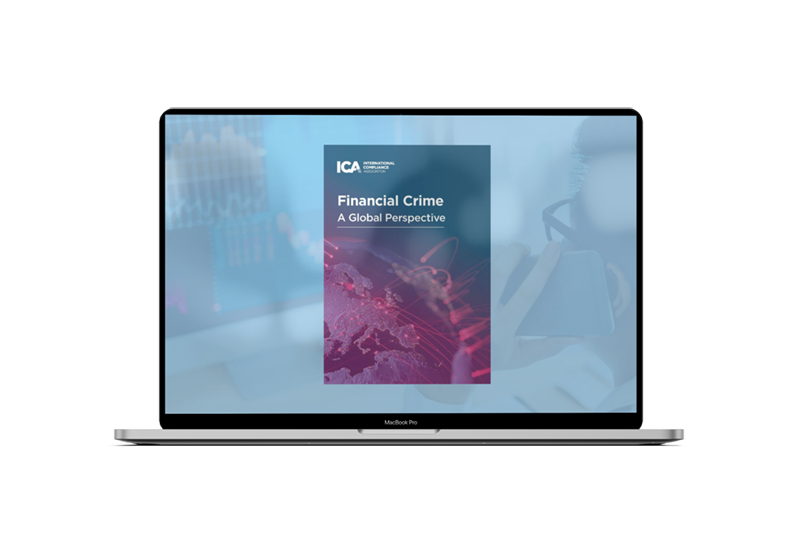
3. The journey toward integrated risk management
In association with Galvanize, now Diligent.
Integrated risk management (IRM) is the disciplined, unified approach to governing all the risks an organisation faces. It allows executives to make wiser decisions and drive better business performance. If that sounds hard to achieve – that’s because it is. But the alternative leaves executives and boards reacting to events, rather than proactively addressing them before they impact the business.
IRM depends on strong corporate culture, thoughtful policies and procedures, and shrewd use of technology. ‘The journey toward integrated risk management’ by our partner Galvanize explores the business case for IRM and provides best practices to reap all the gains that IRM promises.
You'll learn:
- How to define IRM for your organisation
- How to build your business case
- What capabilities your IRM programme should have
- How internal audit teams can lead the IRM charge
Download today for free and get a complementary copy of part 2 straight into your inbox.
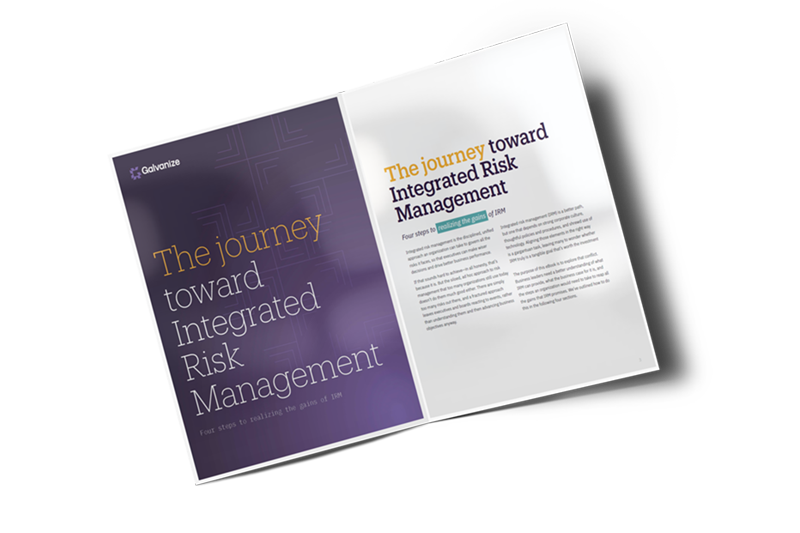
Part 2: How Integrated Risk Management Makes Your Business More Competitive looks at:
- What IRM is and how it differs from related business frameworks
- How you can use IRM to gain a competitive edge
- What to look for in an IRM solution

4. Putting the G into GRC
In association with Camms.
Governance plays a significant role in determining how a business’ objectives are set and achieved, how risk is monitored and addressed, and how performance is optimised.
So, it would only seem right that no executive leaders would ever overlook this cornerstone of structure, decision making, control, and accountability. You’d be surprised: rather than underpinning integrated governance, risk, and compliance (GRC), it is often side-lined by executives who want to skip straight to managing risk and complying with regulations without laying the foundations for success.
'Putting the ‘G’ into GRC' by our partner Camms helps to lay these foundations by looking at four key components: transparency, accountability, stewardship and integrity. The e-book goes even further by taking you through the five steps to successfully integrating GRC.
To move with the times, you must embrace the brave new world of integrated GRC – a burgeoning trend that drives better results and builds a stronger more resilient organisation.
The e-book looks at:
- The three elements that make up GRC
- Why Governance is critical, and why it should integrate with risk and compliance functions
- The benefits of integrated GRC
- Five steps to successful GRC integration
Download e-book for free.
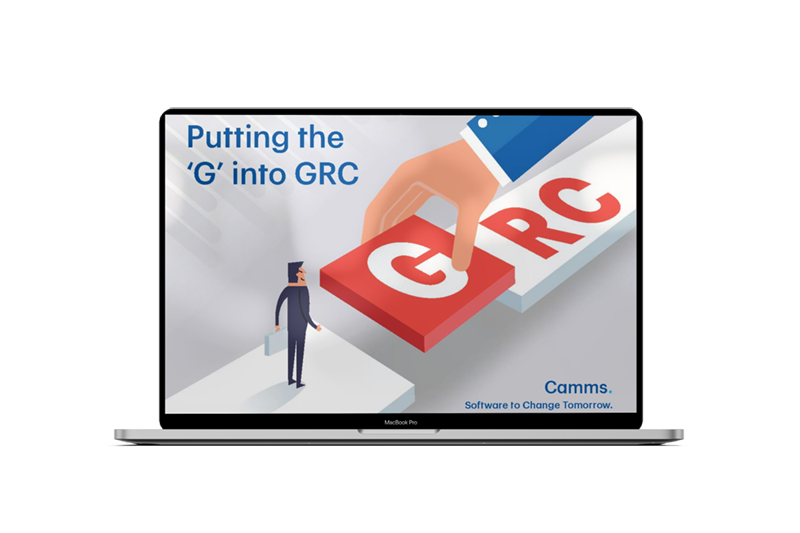
5. Identity fraud report 2020
In association with Onfido.
It has been a bumpy year for businesses. The pandemic has meant that most (if not all) have had to change their plans for everything from staffing to strategy. For some, it has opened up new business opportunities. For others, it has exposed existential threats. One of those threats is now greater than ever before. Fraud already costs the global economy $5 trillion a year. This year, that has increased again.
Identity fraud, in particular, has witnessed a sharp increase. Financial services have borne the brunt of this attack, but it is by no means limited to them, with professional services and even the travel industry hardest hit. This might be expected, given the events of the last twelve months.
In this report, Onfido analyses data from its roster of global clients to understand where current and future risk lies. As document and biometric fraud specialists, Onfido verifies the identities of millions of users every year and has a unique perspective on developing trends.
Report highlights:
- Identity fraud is on the rise. Findings show that the fraud rate has steadily increased over the past year. This is a result of the pandemic - rates spiked during the first lockdown, and have stayed up ever since - and also by a new wave of ‘unprofessional’ and opportunistic fraudsters entering the marketplace, who are taking advantage of the disruption to perpetrate attacks.
- Fraud is getting harder to catch. The bar for what constitutes ‘easy’ fraud is getting higher. We found that fraudsters are becoming increasingly creative, with sophisticated ‘replay’ and Deep Fake attacks being attempted against biometric defenses.
- For businesses, the fight against identity fraud has become harder. Without the right approach in place, they’ll struggle to keep pace with both high quality and high volumes of attacks.
Download your free copy here.
